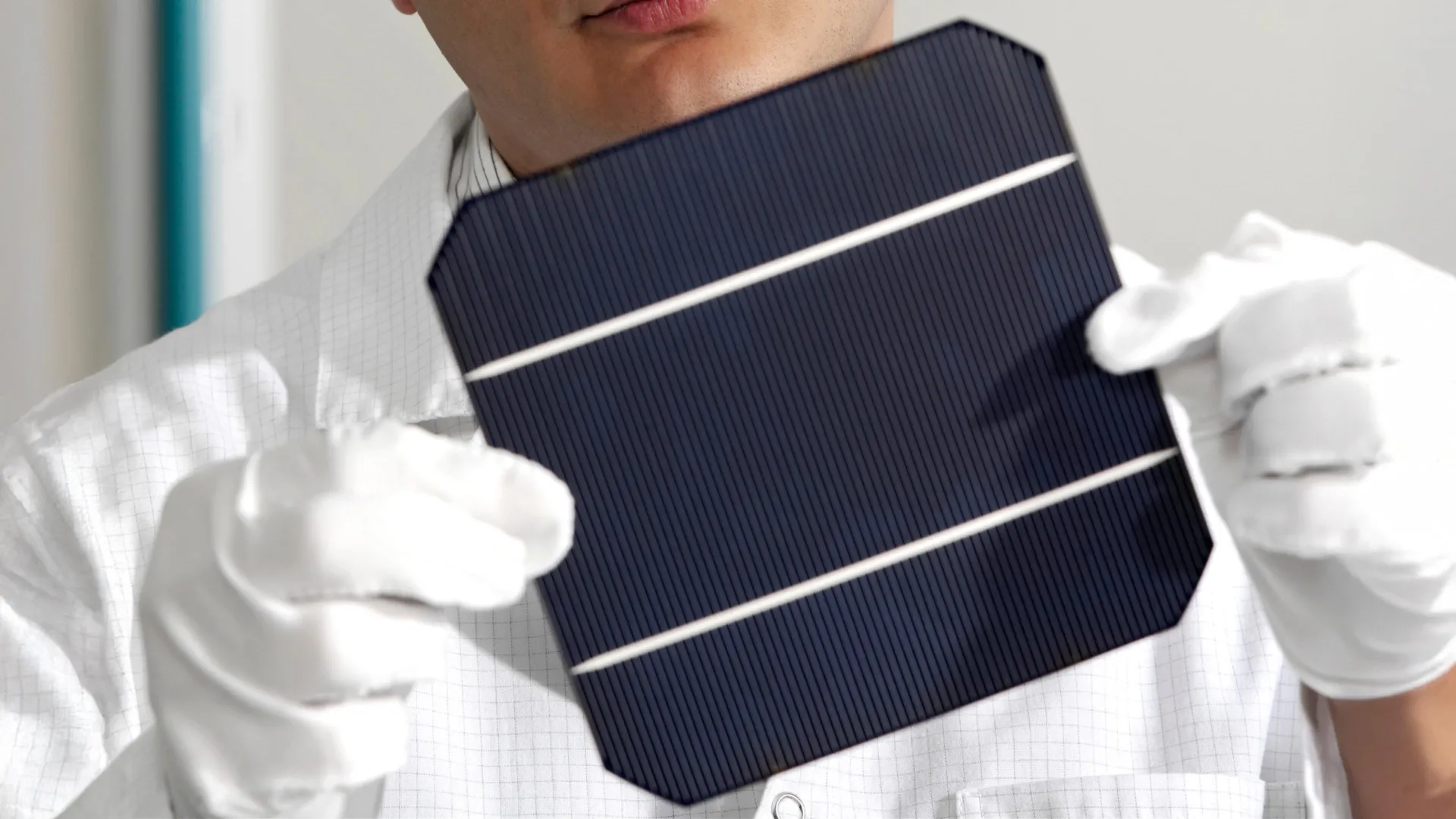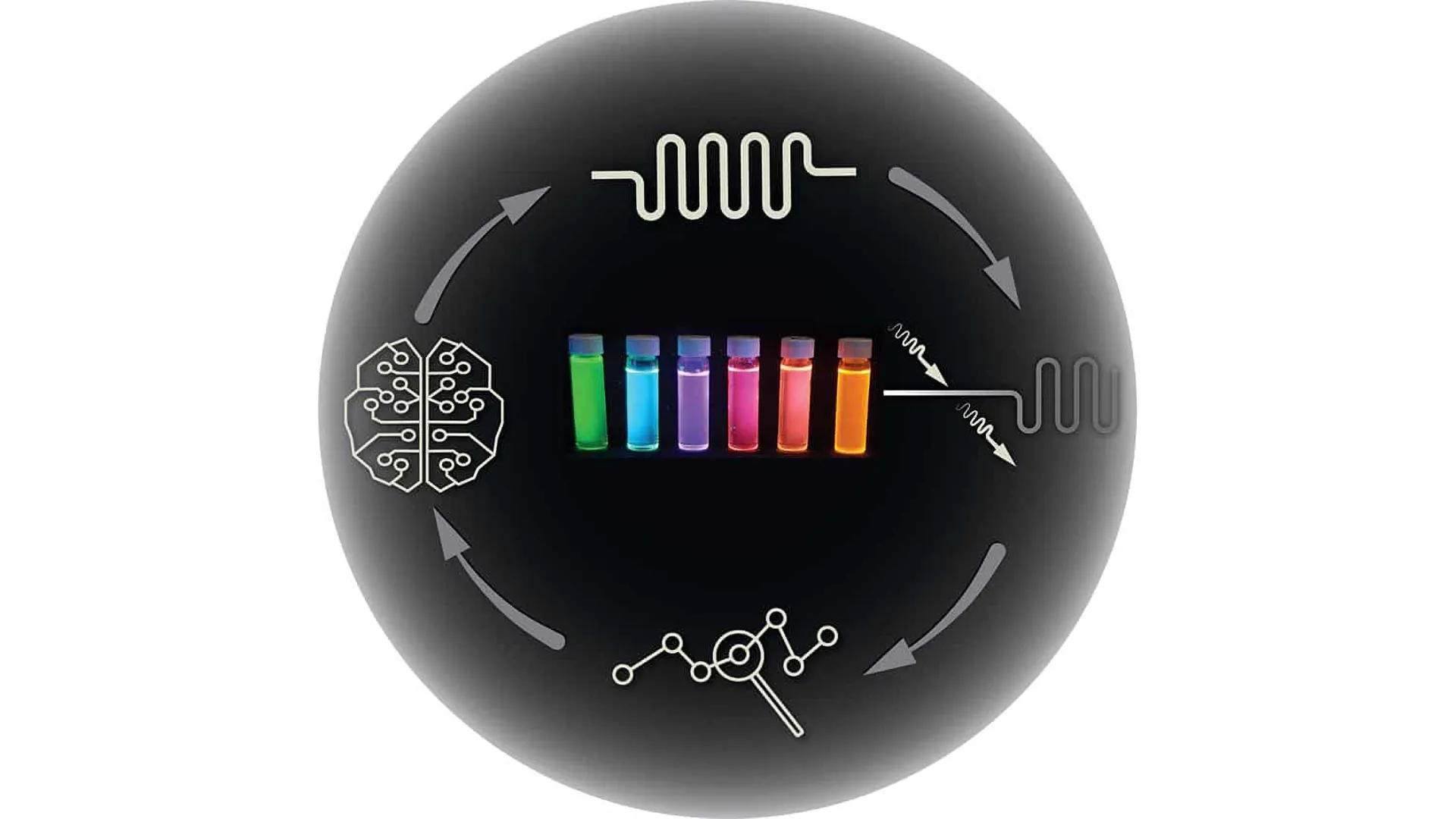Now Reading: Nanotech Innovation Achieves 10% Boost in Solar Efficiency
-
01
Nanotech Innovation Achieves 10% Boost in Solar Efficiency
Nanotech Innovation Achieves 10% Boost in Solar Efficiency

Quick Summary
- Researchers from the Hefei Institutes of Physical Science, Chinese Academy of Sciences, led by Prof. Mingtai Wang, have developed a method to grow titanium dioxide nanorod arrays (TiO2-NA) with controllable spacing.
- The findings are published in Small Methods and aim to advance clean energy and optoelectronics applications.
- Single-crystalline TiO2 nanorods are highly effective for light harvesting and charge conduction but face limitations due to changes in rod density affecting device efficiency.
- The study introduces an extended hydrolysis stage that assembles smaller anatase nanoparticles into rutile seeds through hydrothermal treatment for growth control.
- Their technique allows the density of nanorods per area to be adjusted without altering their individual dimensions, improving solar cell performance significantly.
- When used in low-temperature CuInS2 solar cells, these films achieved power conversion efficiencies above 10%, with a peak at 10.44%.
- A Volume-Surface-Density model was presented by the team to explain how rod spacing impacts device attributes like light trapping and carrier collection.
Indian Opinion analysis
This advancement represents critically important scientific progress in advancing clean energy technologies like solar cells, which coudl benefit many regions globally reliant on renewable energy solutions. While this specific research originates from China and does not directly reference India’s involvement or adoption strategies, it lends insights into methods that may influence India’s own renewable portfolio development.
India’s push toward achieving ambitious solar energy goals under initiatives like the National Solar Mission aligns well with innovations enhancing efficiency such as the one described here. If adopted or adapted locally-given India’s active R&D focus on sustainable technology-it could help improve cost-effectiveness and scalability within domestic manufacturing processes. moreover, advancements reducing dependency on high precision parameters align well with outcomes sought by rapidly growing economies facing infrastructure challenges.
Such breakthroughs reinforce global cooperation’s role in tackling climate change and highlight opportunities for India to leverage international developments for domestic benefits while aligning its own technological edge strategically within clean-energy sectors worldwide.


























